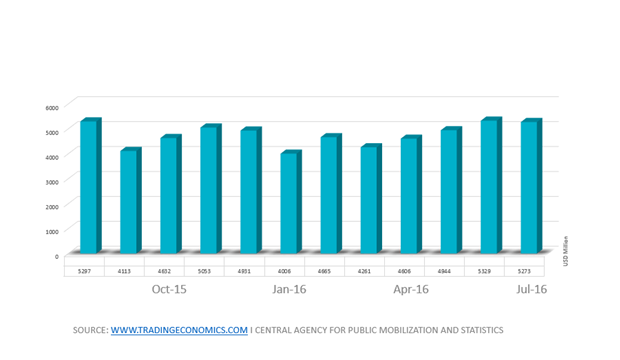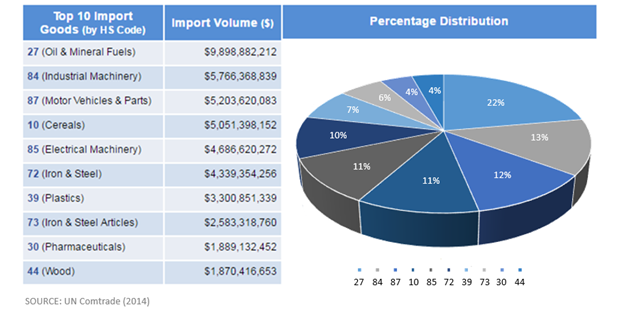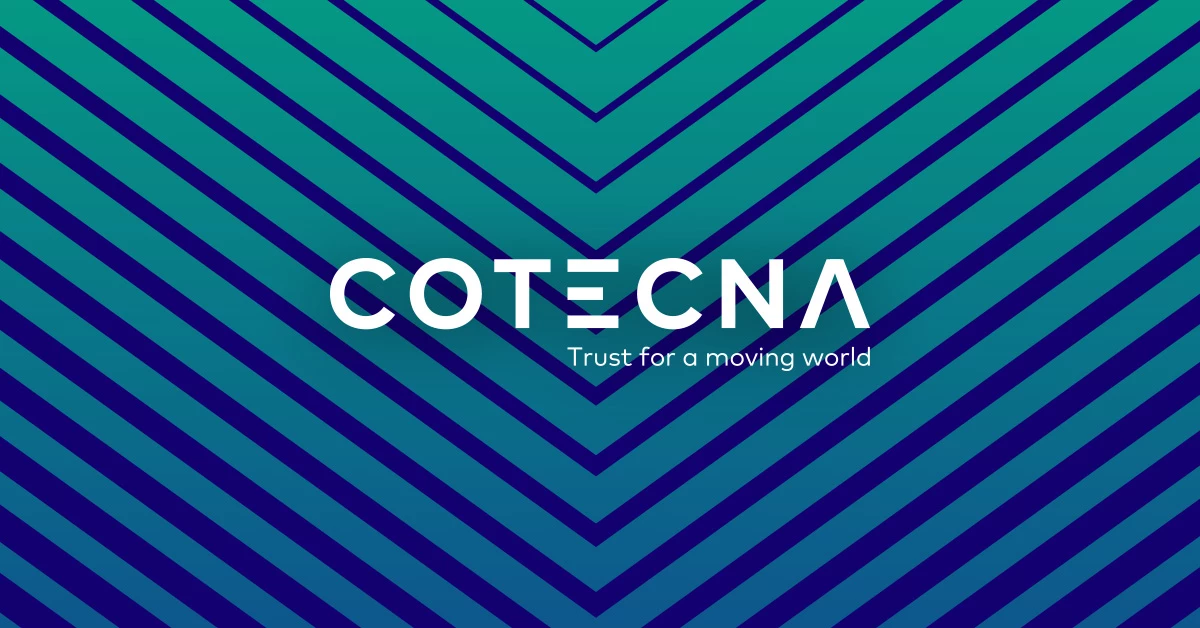Historically, agriculture represents one of the main economic resources in Egypt. It absorbs more than 30% of the labor force and contributes to domestic economy by making up about 20-30% of GDP.
The agricultural sector presently satisfies around 63% of citizens’ nutritional needs and family farming is the prevailing pattern in agricultural production, particularly in long-time owned properties. In newly reclaimed lands, however, owners hire laborers or rent their lands to others, in which case different beneficiaries, i.e. small-scale farmers, settle down and run the farms.[1]
Aside from the traditional sector, Egypt has recently submitted an investment plan to the World Trade Organization that focused on sustainable development and renewable energies. In particular, Egypt has substantial wind-energy potential, especially along the Gulf. The Government is currently trying to encourage local investment in the industry as a new answer to energy demand.
Furthermore, Egypt is still the largest non-OPEC oil producer and the second largest gas producer in Africa. Starting from 2014, fixed investment was set by the Government to be the primary driver of growth, through new measures in the Egyptian energy strategy based on reinforcing security, sustainability and governance. The goal is to improve and modernize the governance of the oil and gas sector, boosting private investment.[2]
Imports are a fundamental pillar of Egypt’s economy. They averaged 1262.38 USD Million from 1957 until July 2016, reaching an all-time high of 7111 USD Million in August of 2014 and a record low of 33.05 USD Million in July of 1957.

Among top imports are mineral and chemical products (25% of total imports), agricultural products, livestock and foodstuff (24%, mainly wheat, maize and meat), machinery and electrical equipment (15%) and base metals (13%). Other imported goods include raw hides, wood, paper-making products, textiles and footwear (9.5%), artificial resins and rubber (6%), vehicles and aircraft (5.5%).

Since March 2016, significant changes have been introduced in the import clearance procedure and the list of GOEIC-regulated products subject to conformity assessment.
If you want to know more on the regulated products, or need help to get your Certification of Conformity (CoC), we invite you to contact us. Our network of experts will be ready to assist you.
[1] FAO, 2016
[2] Egypt’s Energy Sector : Regional Cooperation Outlook and Prospects of Furthering Engagement with the Energy Charter, Occasional Paper by Mr.Karim Hegazy, Energy Charter Secretariat Knowledge Centre 2015


